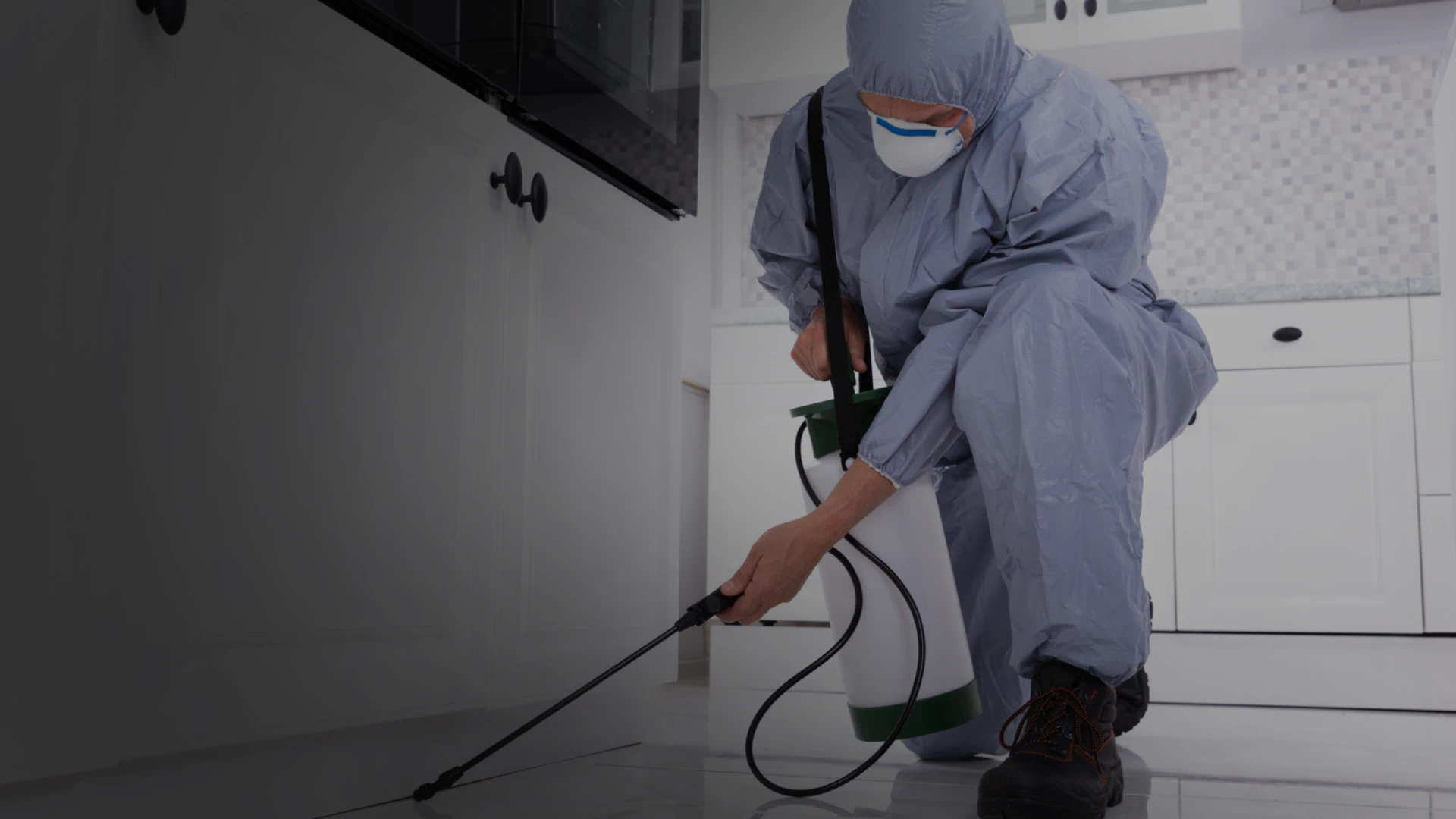Exterminator DC: Your Service for Pest-Free Residing In Washington DC!
Specialist Insect Control Techniques for Long-Term Results
Professional insect control methods encapsulate a comprehensive approach that begins with a thorough evaluation and analysis, adhered to by accurate bug recognition to understand their habits patterns. The application of Integrated Parasite Administration (IPM) principles, paired with eco-conscious treatments, forms the cornerstone of sustainable parasite eradication.
Evaluation and Assessment
Upon going into a residential property for pest control services, the first step is a thorough examination and analysis to identify the level of the infestation and identify the most efficient therapy strategy. Specialist pest control technicians are educated to carefully analyze the facilities, seeking signs of bug task such as droppings, munch marks, nests, or any kind of architectural damage. They will also assess the conditions that may be drawing in bugs, such as food resources, water leakages, or access factors.

Pest Identification and Behavior

Additionally, understanding the habits of the determined insect is vital to carrying out reliable control actions. Recognizing where insects nest, what they feed on, and their activity patterns can assist pest control professionals design methods to eliminate them effectively.
Integrated Pest Monitoring (IPM)
Integrated Bug Management (IPM) techniques integrate several methods to regulate and stop insect invasions in a sustainable and eco-friendly fashion. exterminator. By integrating methods such as biological control, environment manipulation, modification of social practices, and using immune ranges, IPM intends to reduce the use of chemical pesticides
Among the key principles of IPM is the emphasis on prevention. This proactive strategy involves tracking pest populations consistently to spot any potential problems prior to they escalate. By recognizing insect troubles early, pest control measures can be carried out swiftly and successfully.
Furthermore, IPM promotes making use of non-toxic bug control methods whenever possible. This can consist of employing natural predators of the insects, presenting valuable bugs, or using scents to disrupt breeding patterns. By decreasing dependence on chemical pesticides, IPM not only protects the setting yet also assists preserve a balance in the ecosystem.
Environmentally-Friendly Treatments
Applying eco-conscious approaches in bug control treatments can successfully resolve problems while focusing on environmental sustainability. Environmentally-friendly treatments focus on lessening the effect of bug control approaches on environments, non-target organisms, and human wellness.
Another secret aspect of environmentally-friendly therapies is making use of natural and biodegradable items that damage down quickly without leaving damaging residues in the environment. Botanical pesticides originated from plants like chrysanthemums or neem provide effective parasite control while posturing marginal danger to non-target varieties. Moreover, utilizing methods like heat therapies pest control or pheromone catches can target details pests with accuracy, decreasing the overall ecological impact of pest control practices.
Continuous Monitoring and Maintenance
Routine examinations by experienced experts are essential to determine any kind of indicators of bug activity, assess the effectiveness of previous treatments, and make adjustments to the pest control plan as needed. By keeping track of bug populations over time, insect control experts can track trends, anticipate potential concerns, and implement preventative procedures to decrease the threat of future problems.
Along with surveillance, upkeep methods are important for long-term pest control success. This consists of carrying out appropriate sanitation measures to get rid of potential food and water sources for insects, sealing entrance points to protect against insects from getting in the facilities, and dealing with any kind of architectural issues that might help with parasite infestations (exterminator). By including ongoing surveillance and maintenance right into an integrated pest administration strategy, services can ensure a pest-free atmosphere and guard their residential or commercial property versus costly damages and health dangers
Conclusion
Finally, utilizing expert parasite control techniques such as thorough assessment and analysis, exact parasite identification and understanding of their actions, incorporated bug monitoring approaches, environmentally-friendly treatments, and continuous monitoring and maintenance are necessary for achieving long-lasting lead to insect control. By carrying out these techniques, individuals can properly manage parasite problems and keep a pest-free atmosphere in a lasting manner.